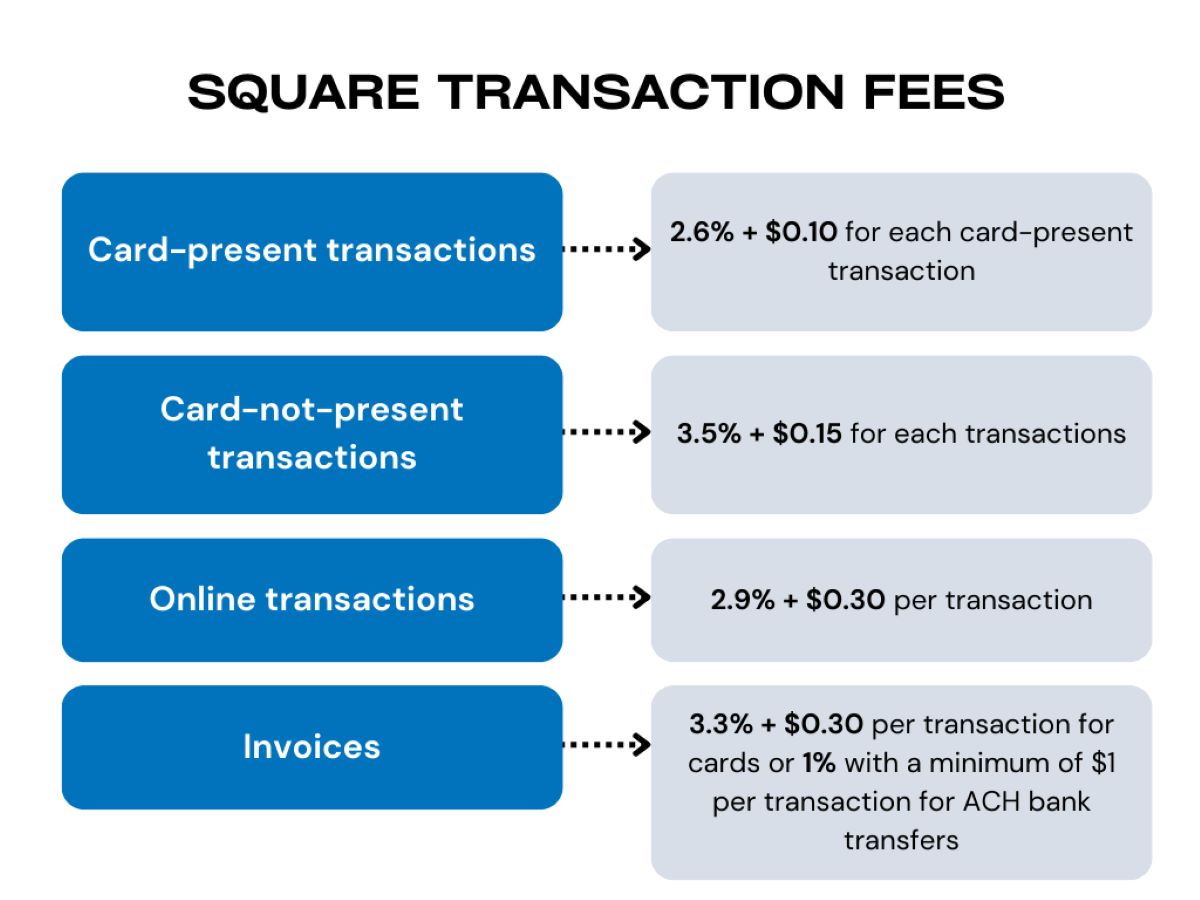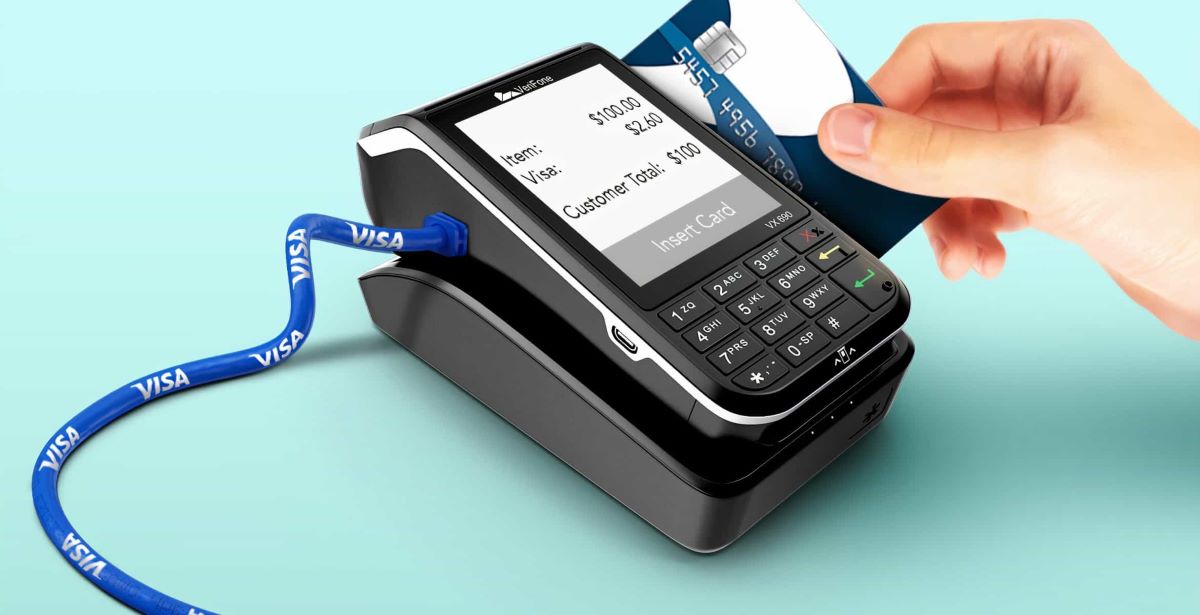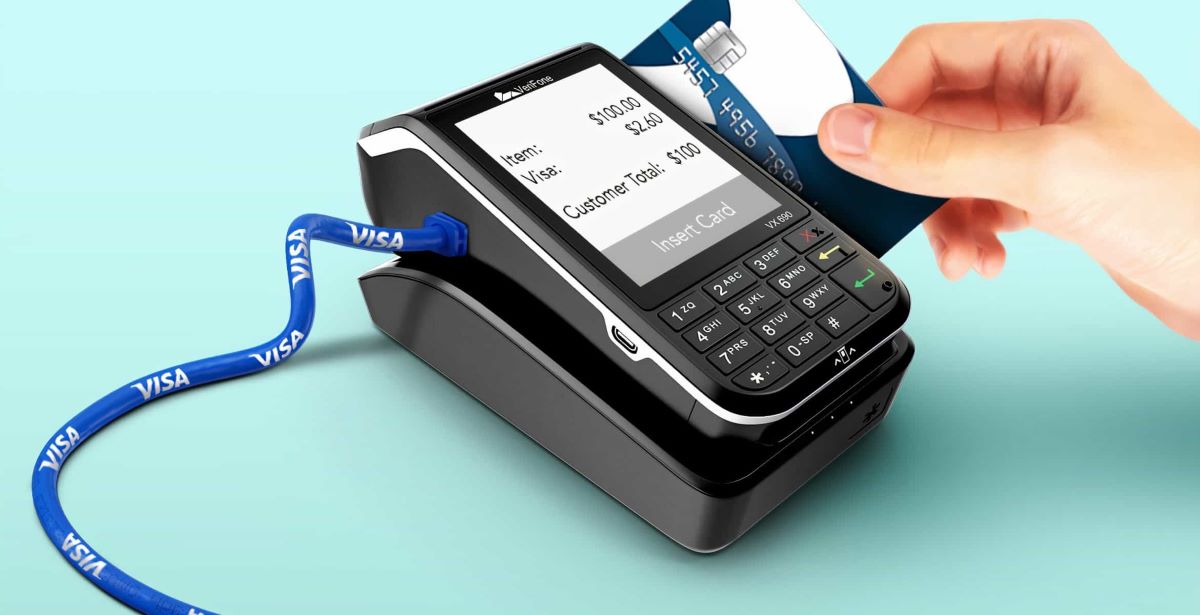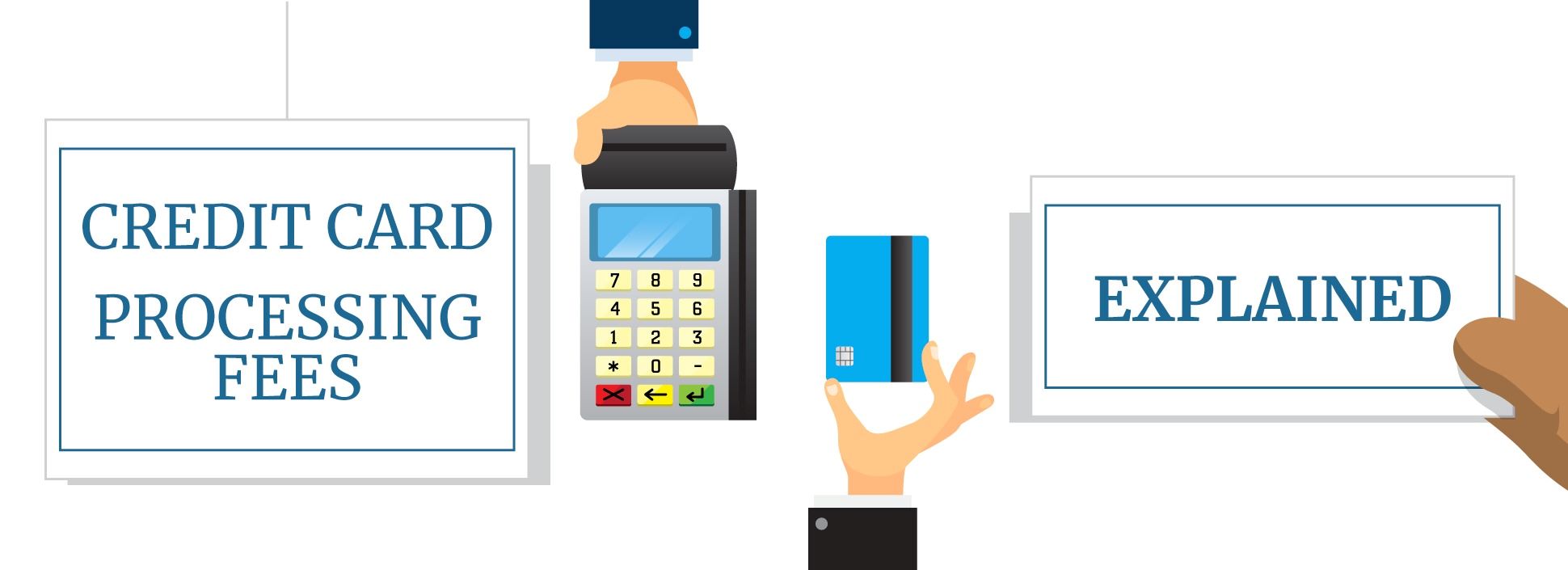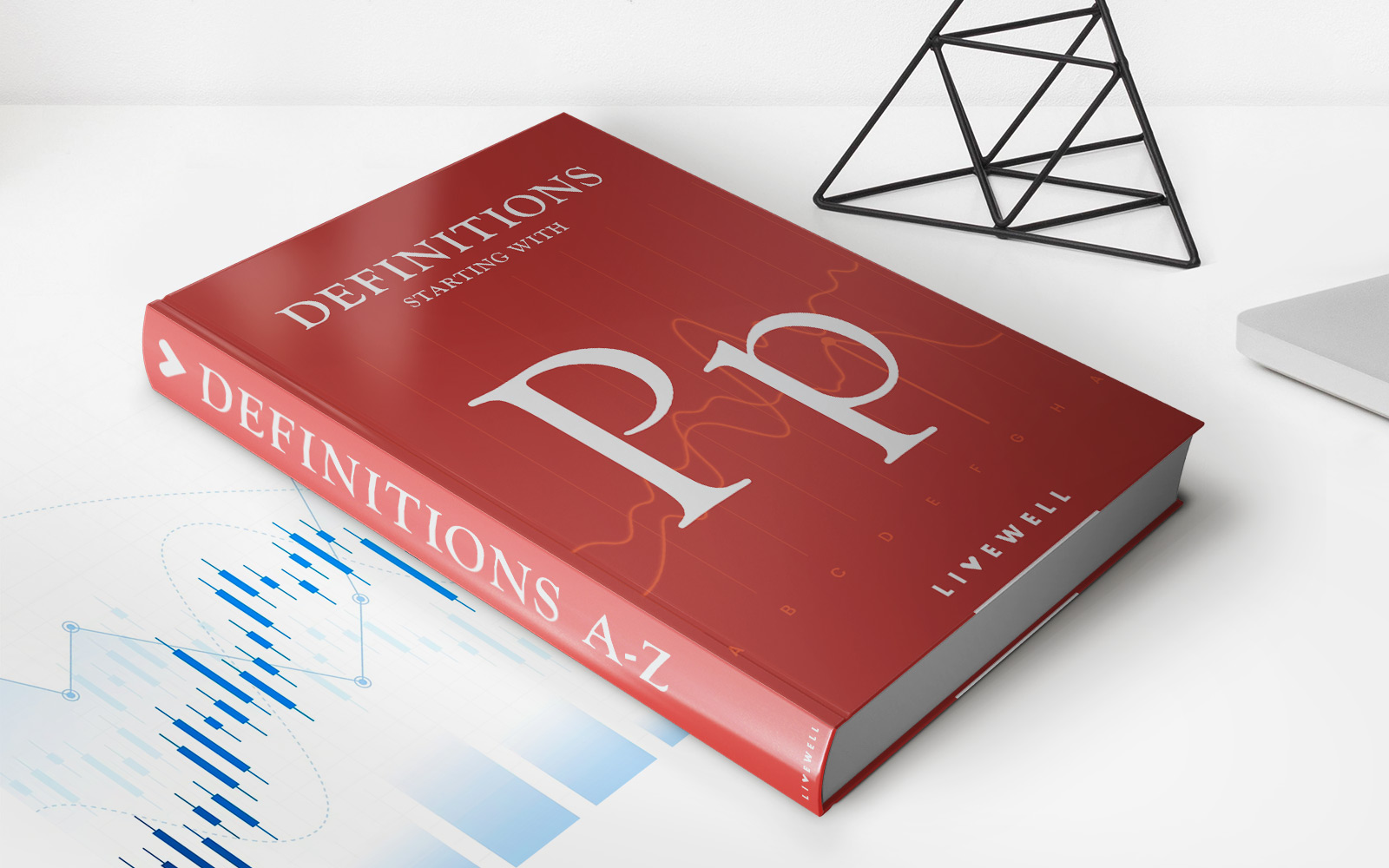

Finance
What Is Sezzle Merchant Fee?
Published: February 24, 2024
Learn about Sezzle merchant fees and how they impact your finances. Understand the costs and benefits to make informed financial decisions.
(Many of the links in this article redirect to a specific reviewed product. Your purchase of these products through affiliate links helps to generate commission for LiveWell, at no extra cost. Learn more)
Table of Contents
Introduction
In the ever-evolving landscape of e-commerce, providing flexible payment options has become crucial for businesses seeking to attract and retain customers. One such popular payment solution is Sezzle, which allows shoppers to split their purchases into interest-free installments, making it easier for them to manage their budgets. However, for merchants, understanding the associated costs, such as the Sezzle merchant fee, is essential for making informed decisions about integrating this payment option into their platforms.
The Sezzle merchant fee is a key consideration for businesses looking to offer Sezzle as a payment method. It encompasses the charges imposed on merchants for utilizing Sezzle's services to facilitate installment payments for their customers. While the concept of installment payments can undoubtedly drive sales and enhance customer satisfaction, it's vital for merchants to comprehend the implications of the associated fees.
This article delves into the nuances of the Sezzle merchant fee, offering a comprehensive understanding of its mechanics, benefits, drawbacks, and practical tips for managing it effectively. By exploring the intricacies of this fee structure, merchants can gain insights that will enable them to make informed decisions about leveraging Sezzle as a payment solution within their e-commerce platforms.
Now, let's delve deeper into the world of Sezzle merchant fees to uncover the factors that merchants should consider when evaluating this payment option.
Understanding Sezzle Merchant Fee
Before delving into the specifics of the Sezzle merchant fee, it’s essential to grasp the fundamental principles underlying this cost structure. When a customer opts to use Sezzle to make a purchase, the merchant receives the full payment upfront, while Sezzle assumes the responsibility of collecting the funds from the customer in installments. In return for this service, Sezzle charges the merchant a fee, which is typically a percentage of the total transaction value.
It’s important for merchants to recognize that the Sezzle merchant fee may vary based on factors such as the transaction amount, the merchant’s sales volume, and the specific terms of the agreement with Sezzle. By understanding the variables that influence the fee, merchants can assess the potential impact on their profit margins and overall financial performance.
Furthermore, the Sezzle merchant fee is a component of the overall cost of offering Sezzle as a payment option. Merchants should consider this fee alongside other expenses, such as credit card processing fees and platform maintenance costs, to gauge the holistic financial implications of integrating Sezzle into their e-commerce infrastructure.
By comprehending the intricacies of the Sezzle merchant fee, merchants can make informed decisions about whether the benefits of offering Sezzle as a payment method outweigh the associated costs. This understanding empowers merchants to evaluate the value proposition of Sezzle within the context of their specific business models and customer demographics.
Now that we’ve laid the groundwork for comprehending the Sezzle merchant fee, let’s explore the potential benefits and drawbacks associated with this cost structure.
Benefits of Sezzle Merchant Fee
While the Sezzle merchant fee represents a cost for merchants, it is essential to recognize the potential benefits that can offset this expense and contribute to the overall value proposition of integrating Sezzle as a payment option.
Enhanced Conversion Rates: Offering Sezzle as a payment method can lead to increased conversion rates, as it provides customers with greater flexibility in managing their finances. By allowing shoppers to split their payments into interest-free installments, merchants can attract budget-conscious consumers who might otherwise hesitate to make a full-price purchase.
Expanded Customer Base: Sezzle appeals to a broad demographic, including younger consumers and those with limited access to traditional credit options. By catering to these segments, merchants can expand their customer base and tap into new market opportunities, driving growth and diversifying their revenue streams.
Competitive Advantage: In a competitive e-commerce landscape, providing diverse payment options can set merchants apart from their counterparts. By offering Sezzle, businesses can differentiate themselves and align with evolving consumer preferences, positioning themselves as forward-thinking and customer-centric brands.
Reduced Risk of Non-Payment: When customers utilize Sezzle, merchants receive the full transaction amount upfront, mitigating the risk of non-payment or default. This upfront payment feature enhances cash flow and reduces the financial uncertainty associated with traditional delayed payment models.
Customer Loyalty and Satisfaction: By accommodating customers’ payment preferences and easing financial constraints, merchants can foster loyalty and satisfaction among their clientele. Satisfied customers are more likely to return for future purchases and recommend the brand to others, contributing to long-term business success.
By leveraging these benefits, merchants can strategically position the Sezzle merchant fee as an investment in driving sales, enhancing customer experiences, and fortifying their competitive standing in the e-commerce arena. However, it’s essential to weigh these advantages against the associated costs to determine the net impact on the business’s bottom line.
Drawbacks of Sezzle Merchant Fee
While Sezzle offers compelling advantages for both merchants and customers, it’s important to acknowledge the potential drawbacks associated with the Sezzle merchant fee.
Impact on Profit Margins: The Sezzle merchant fee represents an additional cost for merchants, which can erode profit margins, particularly for businesses with tight margins or lower-priced products. It’s crucial for merchants to assess the fee’s impact on their financial performance and consider whether the potential sales uplift offsets the associated expenses.
Administrative Complexity: Integrating Sezzle as a payment option entails administrative overhead, including managing the installment payment process, reconciling transactions, and addressing customer inquiries related to Sezzle. This administrative burden can consume resources and necessitate operational adjustments, especially for smaller businesses with limited bandwidth.
Risk of Delinquent Payments: While Sezzle assumes the responsibility of collecting installment payments from customers, there is inherent risk associated with potential delinquencies or defaults. Merchants must consider the implications of non-payment scenarios and the measures required to mitigate these risks effectively.
Dependency on Third-Party Service: Relying on Sezzle as a payment provider introduces a degree of dependency on a third-party service for facilitating transactions. Any disruptions or discrepancies in Sezzle’s service could impact the merchant’s operations and customer satisfaction, emphasizing the need for contingency plans and alternative payment options.
Customer Perceptions: Some consumers may perceive installment payment options as indicative of financial strain or inability to afford full-priced purchases. Merchants should be mindful of potential implications on brand perception and customer sentiment, balancing the appeal of Sezzle with the broader brand image and value proposition.
By acknowledging these drawbacks, merchants can make informed decisions about integrating Sezzle into their payment offerings and develop strategies to mitigate the associated challenges. Assessing the trade-offs between the benefits and drawbacks is crucial for aligning the adoption of Sezzle with the business’s overarching goals and financial sustainability.
How to Calculate Sezzle Merchant Fee
Understanding the methodology for calculating the Sezzle merchant fee is pivotal for merchants seeking to gauge the financial implications of integrating this payment option. The fee structure typically involves a percentage of the total transaction amount, which is remitted to Sezzle as compensation for facilitating the installment payment service.
To calculate the Sezzle merchant fee for a specific transaction, merchants can follow these steps:
- Determine the Transaction Amount: Identify the total purchase value for the transaction in question. This amount serves as the basis for calculating the Sezzle merchant fee.
- Consult the Fee Schedule: Access the fee schedule provided by Sezzle, which outlines the applicable merchant fees based on transaction amounts and other relevant factors. The fee schedule serves as a reference for understanding the percentage of the transaction amount that constitutes the merchant fee.
- Apply the Fee Percentage: Multiply the total transaction amount by the specified percentage outlined in the fee schedule. This calculation yields the Sezzle merchant fee attributable to the given transaction.
For example, if a transaction amounts to $500 and the applicable Sezzle merchant fee percentage is 6%, the calculation would be as follows:
$500 (Transaction Amount) x 6% (Fee Percentage) = $30 (Sezzle Merchant Fee)
By executing this straightforward calculation, merchants can ascertain the precise Sezzle merchant fee associated with each transaction, enabling them to assess the fee’s impact on their revenue and profit margins accurately.
It’s important for merchants to stay informed about any updates to the fee schedule and ensure compliance with the agreed-upon terms and conditions governing the use of Sezzle as a payment solution. By proactively understanding and calculating the Sezzle merchant fee, merchants can make informed financial decisions and effectively manage the cost implications of offering Sezzle to their customers.
Tips for Managing Sezzle Merchant Fee
Effectively managing the Sezzle merchant fee is essential for merchants aiming to optimize the financial impact of integrating Sezzle as a payment option while enhancing customer satisfaction. By implementing strategic approaches, merchants can navigate the cost considerations associated with Sezzle and maximize the benefits of offering this installment payment solution.
Strategic Pricing and Product Selection: Analyze your product mix and pricing strategy to align with the use of Sezzle. Consider offering Sezzle as an option for higher-value items or strategically positioning it to drive incremental sales, thereby leveraging the fee against the potential uplift in transaction volume and average order value.
Transparent Communication: Clearly communicate the availability of Sezzle as a payment method to your customers. Highlight the benefits of installment payments and emphasize the flexibility it offers, fostering transparency and trust while managing customer expectations regarding the payment process and associated fees.
Optimize Checkout Experience: Streamline the checkout process to prominently feature Sezzle as a payment option, ensuring visibility and ease of selection for customers. A seamless and intuitive checkout experience can encourage the uptake of Sezzle, enhancing customer satisfaction and driving conversions.
Monitor and Analyze Performance: Regularly assess the impact of Sezzle on your sales metrics, customer acquisition, and average order value. By monitoring key performance indicators, you can evaluate the effectiveness of Sezzle in driving revenue and customer engagement, enabling data-driven decisions regarding its continued utilization.
Negotiate Terms with Sezzle: Engage in constructive discussions with Sezzle to explore potential adjustments to the fee structure based on your business’s performance and growth projections. Negotiating favorable terms can mitigate the impact of the merchant fee and enhance the overall value proposition of leveraging Sezzle as a payment solution.
Customer Education and Support: Provide resources and support to educate customers about the benefits of using Sezzle and address any inquiries related to installment payments and associated fees. Empowering customers with knowledge can foster confidence in utilizing Sezzle, leading to increased adoption and customer satisfaction.
By implementing these proactive measures, merchants can effectively manage the Sezzle merchant fee while leveraging the benefits of offering installment payments to their customers. Strategic alignment, transparent communication, and data-driven optimization are key pillars in maximizing the value of Sezzle within the broader e-commerce ecosystem.
Conclusion
As e-commerce continues to evolve, providing diverse and flexible payment options is paramount for merchants striving to meet the dynamic needs of their customer base. The Sezzle merchant fee represents a critical consideration for businesses evaluating the integration of installment payment solutions into their platforms. By comprehensively understanding the nuances of the Sezzle merchant fee, merchants can make informed decisions that align with their financial objectives and customer-centric strategies.
While the Sezzle merchant fee entails associated costs, it also offers compelling benefits, including enhanced conversion rates, expanded customer reach, and reduced payment risk. These advantages underscore the potential value of Sezzle as a catalyst for driving sales and fostering customer loyalty. However, it’s crucial for merchants to acknowledge the potential drawbacks, such as administrative complexity and impact on profit margins, and devise strategies to mitigate these challenges effectively.
Calculating the Sezzle merchant fee with precision empowers merchants to gauge its financial implications accurately and make data-driven decisions regarding its incorporation into their payment offerings. Additionally, proactive management strategies, such as strategic pricing, transparent communication, and performance monitoring, enable merchants to optimize the utilization of Sezzle while mitigating the impact of the associated fee.
Ultimately, the integration of Sezzle as a payment option necessitates a balanced assessment of its costs and benefits within the context of the business’s unique dynamics and customer demographics. By leveraging the tips for managing the Sezzle merchant fee and embracing a customer-centric approach, merchants can harness the potential of installment payments to drive sales, enhance customer experiences, and fortify their competitive positioning in the e-commerce landscape.
As the e-commerce ecosystem continues to evolve, the strategic integration of payment solutions such as Sezzle holds the promise of fostering financial inclusivity, driving customer satisfaction, and propelling business growth. By navigating the intricacies of the Sezzle merchant fee with astuteness and foresight, merchants can unlock the potential of installment payments as a catalyst for sustained success in the digital marketplace.



